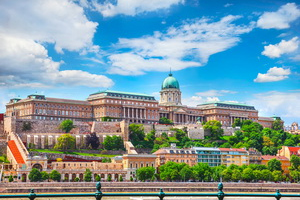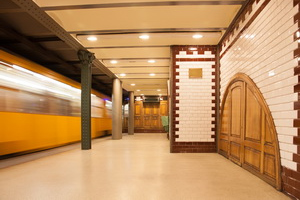About Budapest
Budapest, a lively and welcoming capital united by the River Danube with hills and valleys on one side, and plains on the other, connected with a series of graceful bridges spanning the river offers a unique panorama. In addition to aesthetic assets, Budapest also boasts many historical treasures.

The first major settlement was the ancient Aquincum, originally a Celtic community, later the Roman capital of Lower Pannonia and the border province of the Roman Empire. Visitors can also find buildings and baths constructed and reconstructed during the Ottoman occupation in the 16th and 17th centuries, churches and museums built during the reign of the Habsburgs and numerous other beautiful sights spectacularly demonstrating the various historical periods of the capital city.
Many different populations – Tartars and Turks the most – have left their footprints in Budapest, millions of people have lived here together creating the colourful culture.
The city of Budapest was officially formed in November 1873 by the merger of the neighbouring cities of Pest, Buda and Óbuda. Since 1987 the area extending from Margaret Bridge to Szabadság (Liberty) Bridge including the Castle District of Buda and one of the largest Parliament buildings has been included in the World Heritage List.
After the 1990ies the Hungarian capital step on a long way of development turning Budapest into a genuine European city where the past and the present join together in harmony.

Some interesting facts about Budapest:
- Budapest remains the only capital city in the world that is rich in thermal waters with healing qualities. More than a hundred medicinal hot springs supply most of the spas.
- It is the only capital in the world which has caves of significant size and length underneath its buildings and streets. More than two hundred caves are known under the Buda side of the town.
- It has the oldest electrified underground railway system on the European continent, and the second-oldest electrically operated underground railway in the world: Underground Line 1 or Yellow Line (Millennium Underground).
More information: www.budapestinfo.hu


